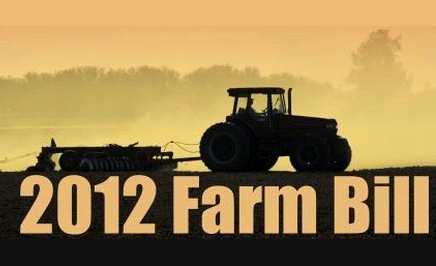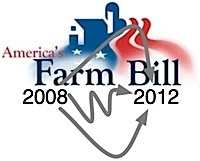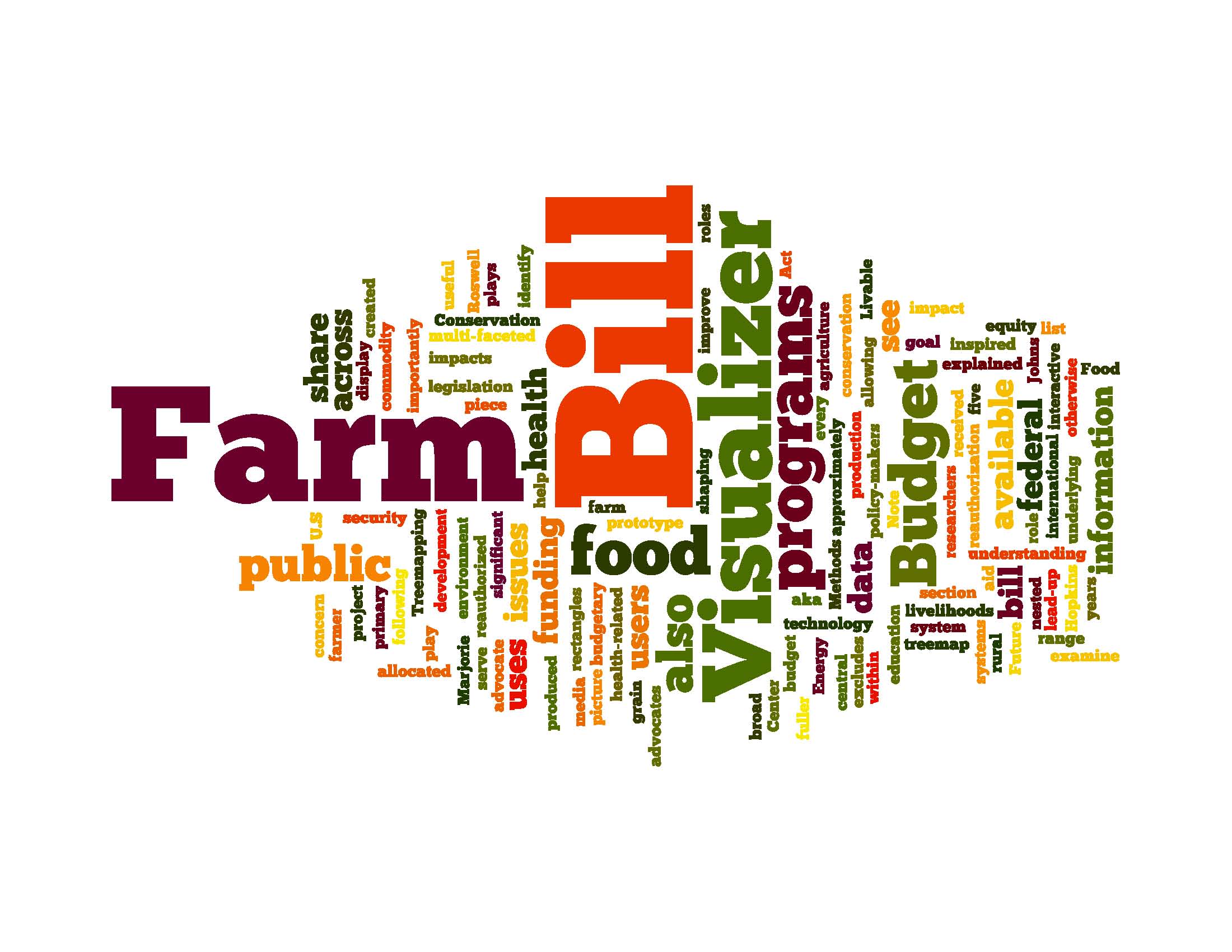Happy New Year! / Happy New Farm Bill?
2012 is here, and by the end of the month the House and the Senate will be back in Washington, DC for the second session of the 112th Congress. 2011 ended with rancor between the two chambers and deep divisions within the Republican caucus about the extent of government cuts. It may not be the most propitious background for Farm Bill deliberations, but work must proceed to pass a new bill or extend the current programs before their authorization expires on September 30, 2012.
The Program
The Farm Bill is the principal legislation that directs American farm policy and authorizes SNAP, the nation’s largest and most important food assistance program. The bill is reauthorized every five years at a cost of about $300 billion. The lion’s share of current farm bill spending goes to the SNAP program (75%). Crop insurance, conservation and commodity programs account for most of the rest. Programs that support farmers’ markets, food hubs and local and regional food system development are included in the bill’s marketing and rural development “titles.”
Last fall the leaders of the House and Senate Agriculture Committees worked together to draft a policy framework that could be included in a larger deficit reduction deal. The intent was to forestall very deep cuts to agriculture and nutrition programs and to control how the necessary cuts would be made. The Joint Select Committee on Deficit Reduction failed to reach agreement, so the draft was dropped and the Agriculture Committees will continue the regular process of Farm Bill deliberations next month.

FeedingAmerica.org
While the process the agriculture leadership followed last fall was not ideal, it did result in a draft proposal that had strong provisions for farmers’ markets, healthy SNAP incentives, fresh fruit and vegetable snack program, produce crop marketing, and food hub development. Ironically, the language derided by many as “a secret farm bill” may well be more progressive than what can be won in the regular “open” process. Many members of the House Agriculture Committee are new to Congress, were elected with Tea Party support, and are intent on cutting funding as much as possible. They are more conservative than their Republican Committee leadership and are unlikely to support many of the excellent provisions of the leadership’s draft.
The Process
The Agriculture Committees will begin hearings in February and will receive the “baseline” number in March that will indicate how much money they will have to spend on ag, nutrition and rural development programs. This is a critically important number, and once it’s released the real horse-trading on legislative provisions will begin.

Swinecast.com
The election year complicates the process by reducing Congress’s work schedule and intensifying party competition. A new Farm Bill must pass both the House and the Senate by Memorial Day in order for there to be time for a conference committee to iron out differences between the two and for the full chambers to vote on the compromise bill in September.
If it looks unlikely that a bill will be completed on time, the Agriculture Committees will need to write an extension to the 2008 Farm Bill and get it passed by September 30. Either way, some type of bill must pass and will include deep cuts to these sectors. (Remember that last summer’s agreement to raise the debt ceiling included automatic, government-wide budget cuts beginning in January 2013.)
The Plan
There are strong incentives for local and regional food system advocates to push for the passage of a 2012 Farm Bill this year. Senator Debbie Stabenow (D-MI) is the Chair of the Senate Agriculture Committee and a strong supporter of these programs. Maintaining funding for regional production, supply chains and direct sales would be more difficult should the Senate switch to Republican control after the election.

Democracy in Action Wordle
Advocates for nutrition, health, conservation, direct marketing, and regional food hubs: communicate with your members of Congress about the success of your on-the-ground work and the potential for growth with continued federal funding. Keep your messages clear, consistent, and positive. Staff receive many requests, and your voice is most likely to be heard if the offices know exactly what you want and why. Remember that money is tight, so tell them why they should support your particular request. It is not enough to say that it’s the right thing to do – show them the positive economic benefits, jobs created, or money saved elsewhere. For example, Double Up Food Bucks for SNAP participants incentivizes healthy eating habits that can save money at a time when healthcare costs are sky-rocketing. Farmers’ markets cost-effectively improve access to healthy, affordable food in underserved communities. The program increases farmer income immediately and develops a new customer base in the long term. Increased farmer income creates economic multiplier effects in hard-hit rural communities, and each farmers’ market creates about four new jobs. (See earlier blog post on this topic.)
While many advocates see problems with existing policy, remember that not everyone sees it that way. Commodity prices are high now, and many family farmers are doing better than they have in years. That is a good thing for many families in rural communities, so criticism of the entire system will be counter-productive.
- Emphasize the importance of offering new opportunities for farmers and consumers.
- Stay positive about your ideas and avoid getting into either/or arguments over topics as large and complex as commodity policy.
- Be available and prepared to answer staff questions simply and quickly.
It will take time to change the system, and you are more likely to be listened to if you are seen as reasonable and respectful of other points of view. The movement for a better food system has made enormous progress in the last twenty years. The ideas are tested and proven, and there is no reason we cannot succeed in making even greater strides in a positive direction.







